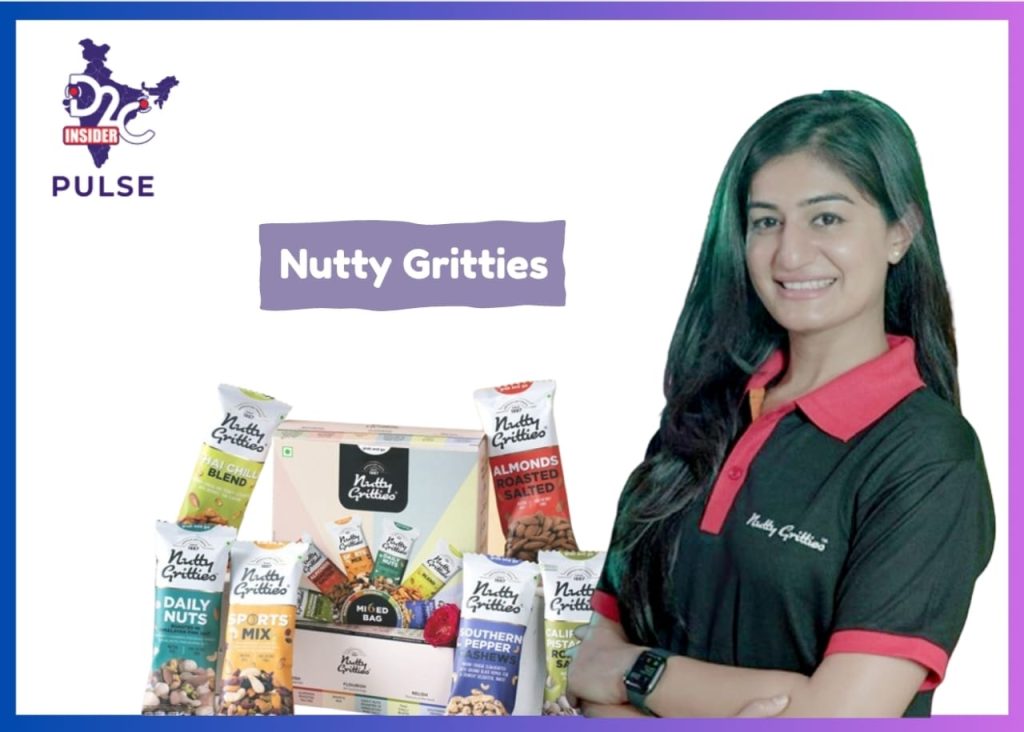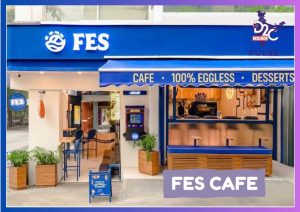Nutty Gritties, an early Indian D2C food and beverage business focused on healthy snacks, is ready for a major growth spurt. Dinika Bhatia started the company in 2009 because she noticed that nuts were seen as luxury gifts, not everyday health foods. Now, with consumers wanting more from their D2C experiences and wellness trends affecting the food and snack industries, Nutty Gritties is ready to grow. In the Indian D2C market, this is another example of a category maturing and a D2C brand expanding..

The company uses a solid omnichannel D2C model in India, splitting revenue equally between online D2C sales, e-commerce, and physical stores. Nutty Gritties sells its products on big e-commerce sites and quick commerce D2C platforms like Blinkit and Zepto, which drive impulse buys. They also have a presence in over 8,000 high-end stores, supermarkets, cafes, vending machines, and airports in over 100 cities. This broad reach is unusual for young D2C brands in India but helps the company’s income stay steady, which is attractive for potential future D2C IPO or Series A/B/C funding discussions in India.
Nutty Gritties focuses on customer satisfaction and new product ideas, with over 100 flavors and constantly launching limited-edition products based on customer input.This approach combines D2C supply chain improvements with a data-driven market strategy, similar to what fast-growing D2C brands do around the world. They build brand loyalty and get more repeat orders with quick product changes, like matcha mixes and chocolate collaborations. These repeat orders are very important for D2C revenue. Also, their grab-and-go options target Gen Z consumers, which is convenient and keeps customer acquisition costs low—a key part of a sustainable D2C plan.
Trends in India’s D2C market show that more people are eating premium nuts like pecans, macadamia, and Brazil nuts. These were once seen as expensive imports but are now more common because premium D2C brands are growing. This rise is also expanding into new areas like holiday gifts, festival specials, and seasonal items, especially during Diwali when sales go up significantly. Additionally, people in smaller cities in India want these products too, which means more young consumers are moving from eating nuts only during festivals to snacking on them for health reasons every day, which is speeding up the category’s growth.
Nutty Gritties plans to focus on growing its distribution in western and southern India, especially in high-end modern stores. Many well-funded D2C brands and VC-backed D2C startups have used this regional plan to grow quickly. With positive financial metrics, good repeat rates across all channels, and helpful trends in Indian D2C consumer behavior, Nutty Gritties wants to increase its growth by five times in the next three years. This ambition makes the brand a strong candidate for future D2C funding rounds and possibly one of India’s top-performing D2C brands in premium snacking from FY25 to FY27.
Nutty Gritties proves that in the Indian D2C market, telling emotional brand stories, being quick with innovation, having great flavors, and selling across many channels works better than just offering discounts. With the right approach, this category could produce many D2C unicorn headlines in the next ten years.









